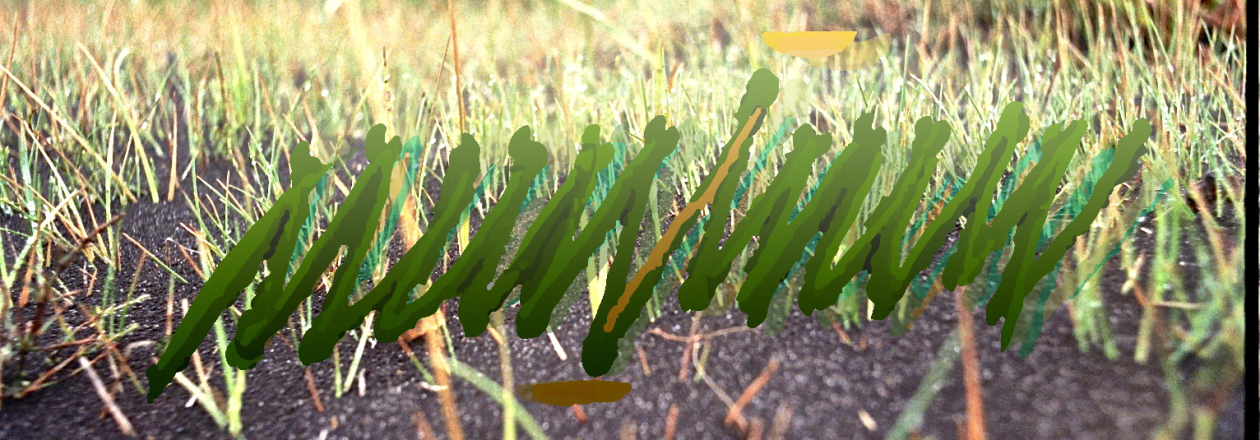Little Rays: A Game of Connection
I’ve always been fascinated by connections—both conceptual and tangible. Conceptually, I think of logic, causality, the scientific method, and the subtle dance of deduction and induction. Tangibly, I grew up obsessed with anything that linked pieces together: dots-and-lines games, domino Rube Goldberg setups, cat’s cradle, cable weaving, knitting, patterns, puzzles. You name it.
That same fascination bleeds into my love of design, programming, and creativity. I’m drawn to formations, graphs, AI, typefaces, vector art. One of my favorite games is Tempest, which I once rebuilt using text graphics. Why? Because: Lines. I love lines.
At their core, lines represent connection—visually, mathematically, and metaphorically. Even for someone blind, a “line” is the idea of progression: something following something else. A line is continuity. No gaps. A series of like-elements, iteratively arranged.
We use lines everywhere—drawing, designing, coding, waiting in queues, walking straight, towing moral boundaries. “Stay in line.” “She flatlined.” “Don’t cross the line.” These aren’t just figures of speech—they’re metaphorically correct. Lines convey progression, flow, tension, and boundaries.
Mathematically, we meet various line types:
-
A segment: a line with a start and end.
-
A ray: a line with a start and infinite direction.
-
A vector: a ray with direction and magnitude.
-
A “true” line: infinite in both directions, continuous, made of points with no gaps. Defined differently in Cartesian, polar, or topological systems.
Despite the perfection of these definitions, no real-world rope, wire, or pencil stroke is a mathematical line. Yet, the concept endures—because it helps. Even toddlers understand a line’s path: predictable, traceable.
Take a rope: each strand connects to the next, forming a stronger whole. Under tension, it visually becomes a line, but really it’s a series of microfibers sharing load through friction and entanglement. Nothing’s truly “touching”—only interacting through forces: molecular attraction, electromagnetic fields, quantum entanglement.
Where was I? “Line – please!”
This fascination—how connections manifest at every scale—is what inspired my game, Little Rays. It’s a game about energy, flow, pattern, and symmetry. In it, players draw lines through points arranged in symmetrical patterns. As the line extends, it mimics the behavior of lightning in slow motion: energy seeking optimal paths through a network.
I wondered:
-
How small can a connected set be before a pattern emerges?
-
How does arrangement affect connectivity?
-
Are symmetrical configurations better for transmitting force or energy?
-
Do entangled particles defy spatial “distance”?
-
What’s the visual threshold for a group of molecules becoming a cloud?
Lines connect. Energy flows. And somewhere in between, a game begins.
I’ve decided to make a game about it. About little patterns and possible paths of flow. To do it, I thought that guessing is how energy starts, and after a while energy then finds less resistance, making a stronger case for choosing the best paths available for its flow. I also think that no matter how chaotic matter may entwine itself, at the smallest level it will look symmetrical, balanced until a tipping point is reached and the pattern is broken until another pattern emerges. In other words, energy tries to be ordered, because the universe has only so many spots through which to flow.
-Keyvan
